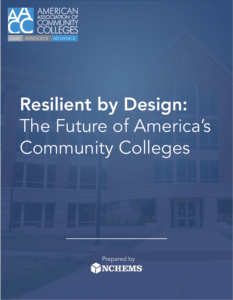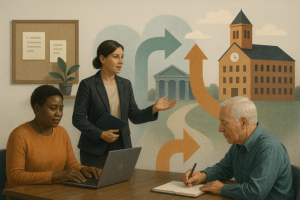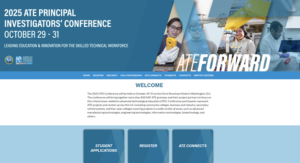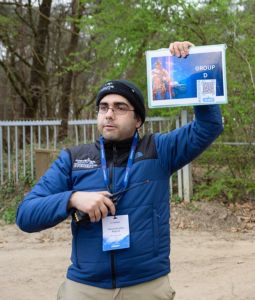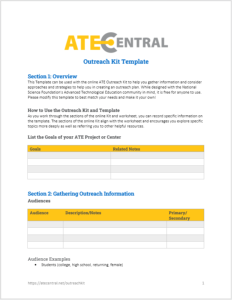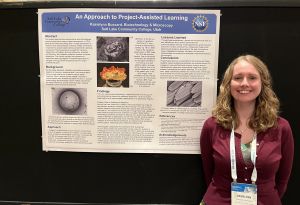
In the ATE Survey 2025 researchers at The Evaluation Center at Western Michigan University report that 50 percent of 294 Advanced Technological Education (ATE) initiatives provided at least one type of student service or support in 2024.
The most frequent ATE student-focused activities were support obtaining certifications or licenses; mentoring; business and entrepreneurial skills development; support for transitioning into college; and student competitions.1
The ATE Survey 2025 authors, who are all affiliated with EvaluATE—the Evaluation Hub of the Advanced Technological Education Program, also cited other researchers’ work and noted, “Studies have shown that students who experience these types of enrichment and support programs are more likely to have positive attitudes toward science and sustain interest in STEM.”2
At the 2025 ATE Principal Investigators’ Conference 44 students and recent alumni of ATE programs summarized their learning experiences on posters and provided details in conversations with conference attendees during the student poster session on October 29.
Two biotechnology students exemplify how students’ fresh perspectives lead to new, interesting findings with potential to benefit others.
Kasielynn Bussard, who completed an associate degree in biotechnology with a certificate in nanotechnology at Salt Lake Community College (SLCC) this month, translated her interest in microscopy into a fundraiser for new instruments and engaging lab exercises.
Mia Ben-Ami, a biochemistry major at Los Angeles Pierce College, created a 3D prototype for holding round Petri dishes so pipetting bacteria samples for antibiotic testing could be done more efficiently with a robot.
 Subscribe
Subscribe


